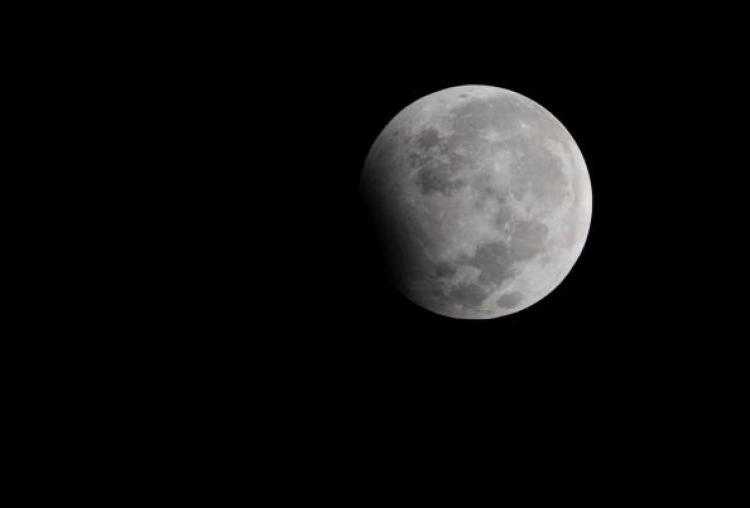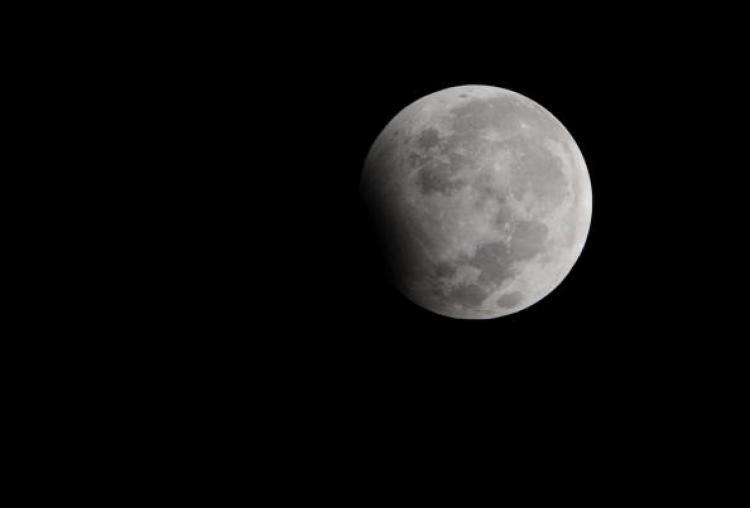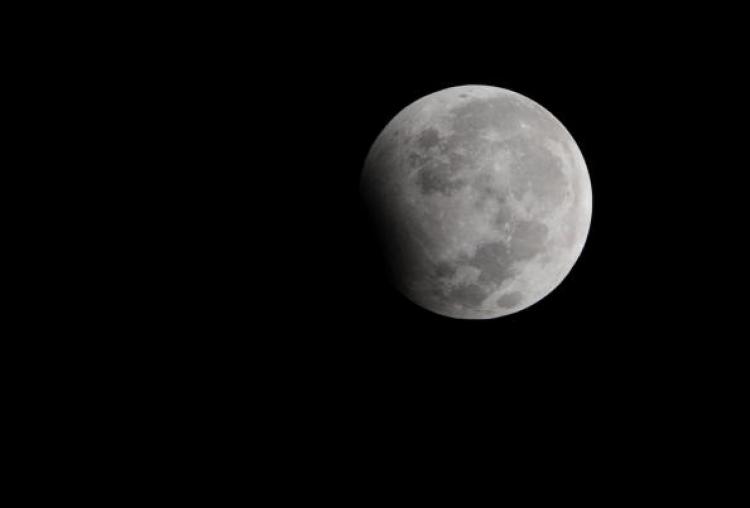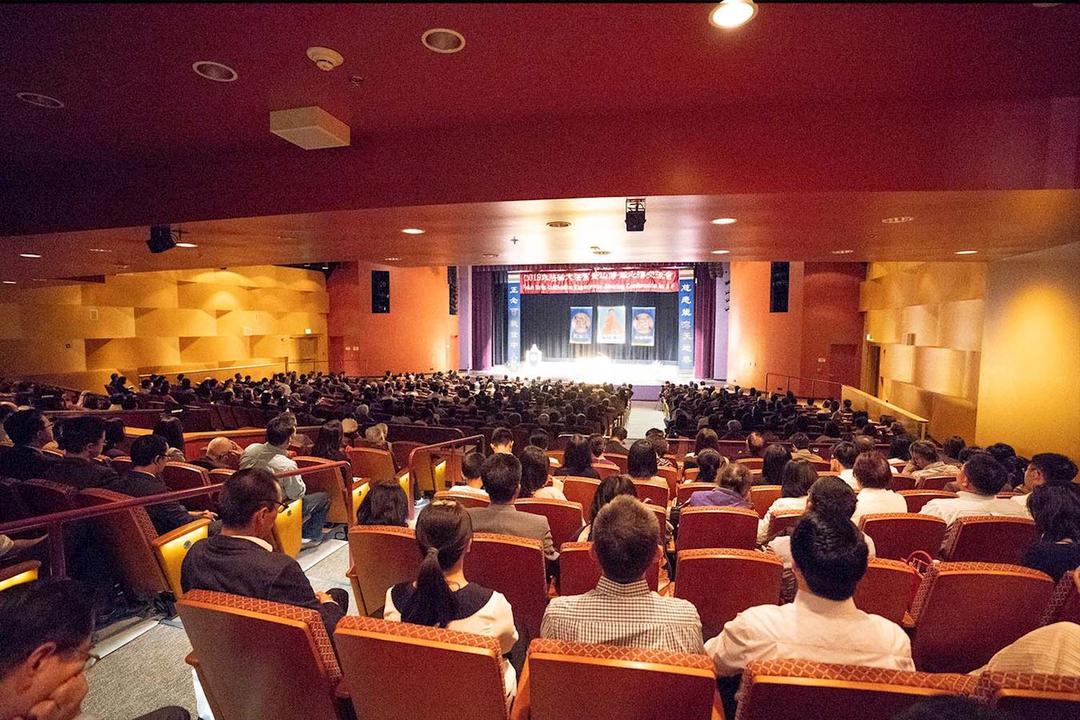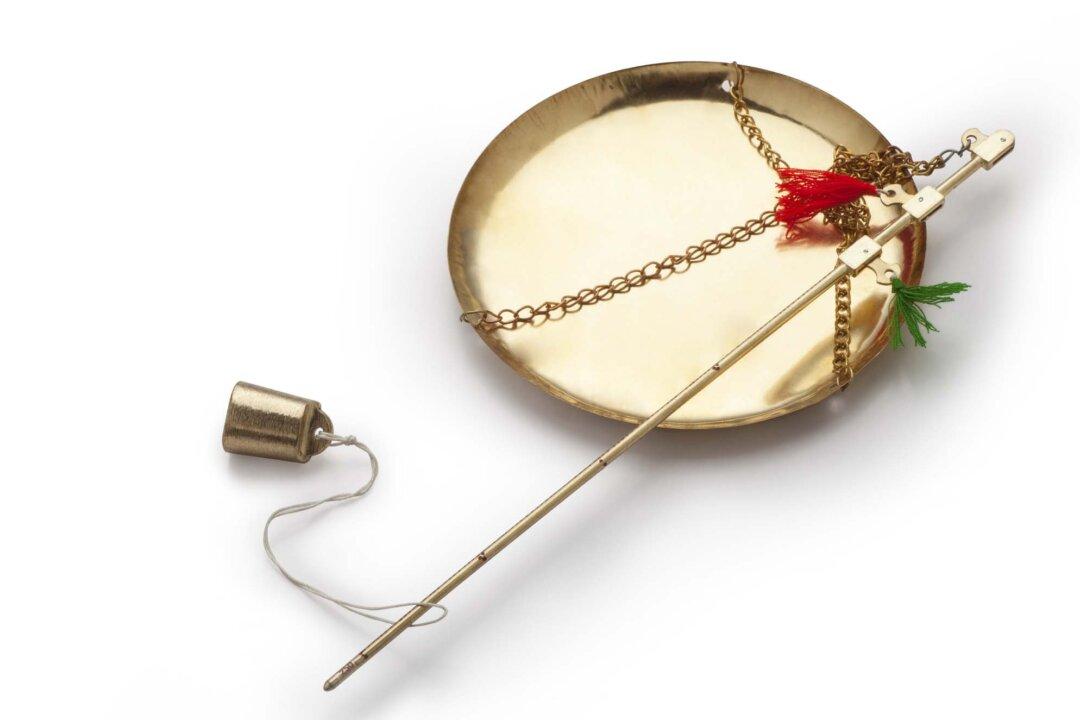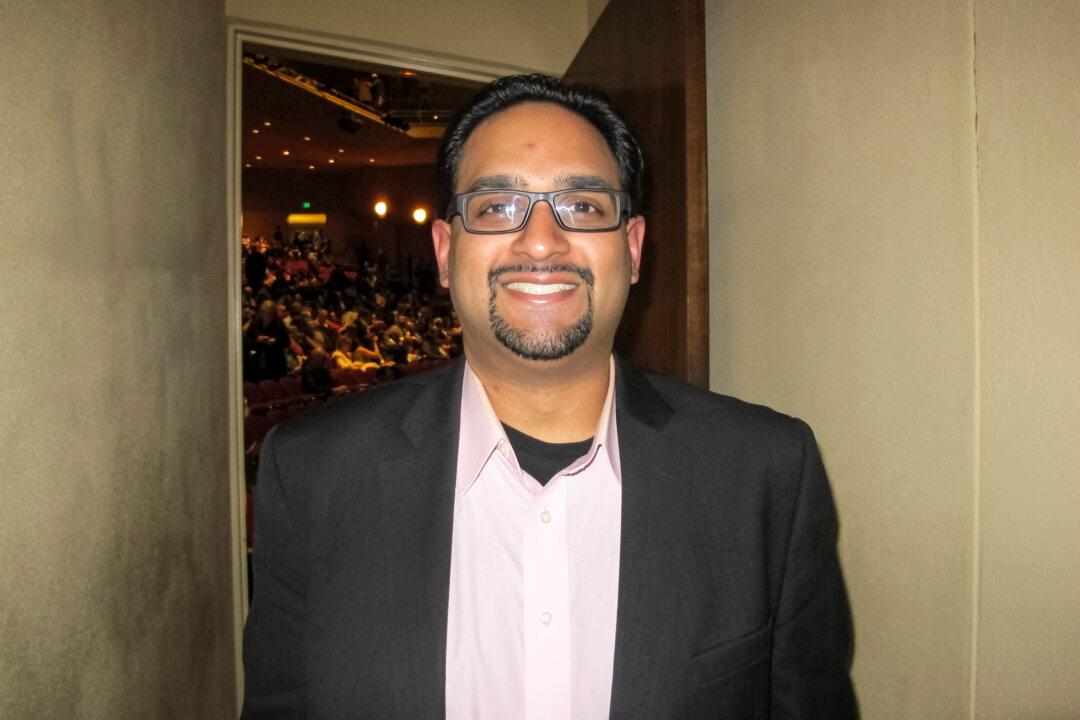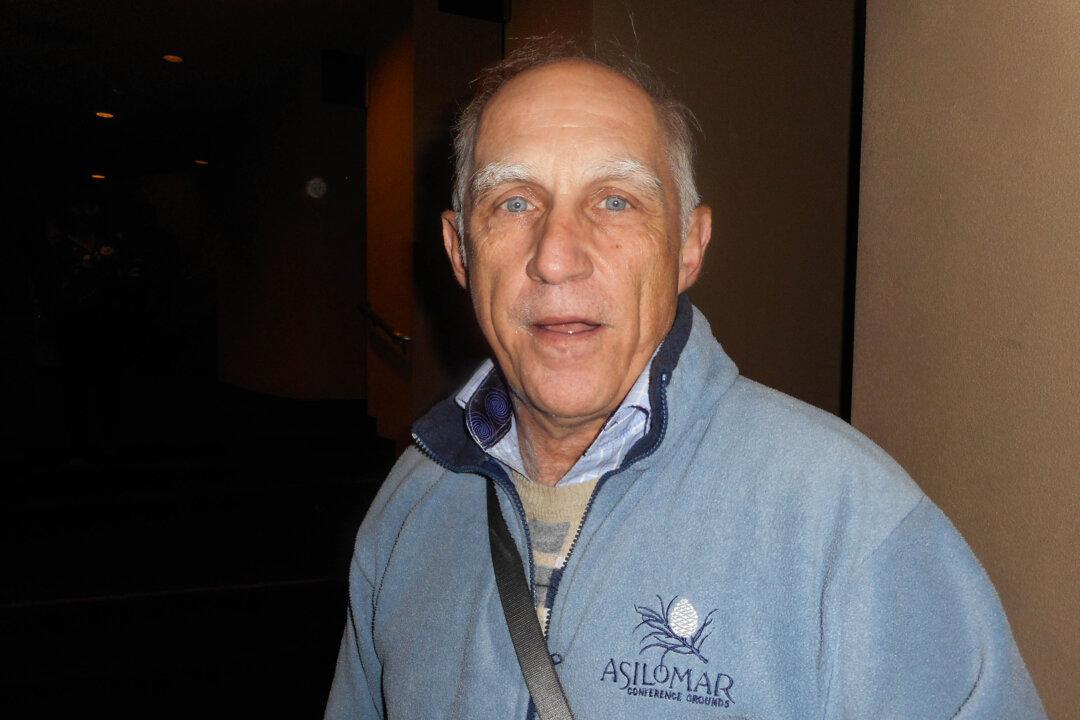The fuzzy edge of the Earth’s shadow will be visible on the moon on Nov. 28 during the last eclipse of 2012.
This event is called a penumbral lunar eclipse, and it is not as eye-catching as other types of eclipses. It happens when the Earth’s penumbra, or the vague outer edge of its shadow, touches the moon and turns it slightly gray.
Meanwhile, the umbra, or dark center of the Earth’s shadow, will not be seen.
Observers in Australia, Alaska, and most of Asia will be able to see the entire eclipse, weather permitting. Those in the western United States and Canada will see the moon set during the eclipse, while those in parts of Europe and Africa will see the moon rise already eclipsed.
The eclipse will start at 4:15 a.m. Pacific Time (7:15 a.m. ET; 12:15 p.m. GMT), and end at 8:51 a.m. However, for most of that time it won’t be visible to the naked eye.
The best time to watch for the Earth’s shadow is half an hour before greatest eclipse, which is at 6:33 a.m. Pacific Time (9:33 a.m. ET; 2:33 p.m. GMT), and half an hour afterward. During this hour, the north side of the moon will look slightly shadowy.
Every eclipse occurs two weeks from an eclipse of the opposite kind. This one is the counterpart of the total solar eclipse that happened in Australia on Nov. 14.
The Epoch Times publishes in 35 countries and in 19 languages. Subscribe to our e-newsletter.
